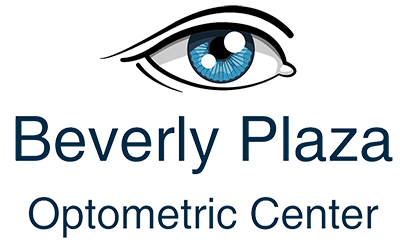 Scheduling an annual eye exam keeps you and your doctor up to date with changes in your sight and general eye health as you age. Because many vision and eye disorders develop slowly and without apparent symptoms, it can be difficult to detect a problem without a complete examination. Fortunately, much of the vision loss and eye problems suffered can be prevented by early detection and proper treatment. According to the American Optometric Association, eye exams are recommended at the age of 6 months, 3 years, and before first grade. Taking these steps helps ensure your children’s vision is developing normally once they begin school. After that, yearly exams are recommended. At age 40, the risk of eye diseases increases, making regular eye exams even more important for older patients.
Scheduling an annual eye exam keeps you and your doctor up to date with changes in your sight and general eye health as you age. Because many vision and eye disorders develop slowly and without apparent symptoms, it can be difficult to detect a problem without a complete examination. Fortunately, much of the vision loss and eye problems suffered can be prevented by early detection and proper treatment. According to the American Optometric Association, eye exams are recommended at the age of 6 months, 3 years, and before first grade. Taking these steps helps ensure your children’s vision is developing normally once they begin school. After that, yearly exams are recommended. At age 40, the risk of eye diseases increases, making regular eye exams even more important for older patients.
During your eye exam, your doctor will assess your vision with a digital eye exam as well as assess for various eye diseases including, but not limited to, dry eye, cataracts, glaucoma, macular degeneration, diabetic retinopathy and many others.
A summary of our comprehensive eye and visual exam may include:
- Visual acuity measurement and refraction to determine the degree to which you may be nearsighted, farsighted, presbyopic or have astigmatism.
- Evaluation of current glasses prescriptions
- Tonometry to measure internal eye pressure and detect glaucoma.
- Color vision screening for color perception.
- Stereopsis or depth perception evaluation.
- Corneal Topography a measurement of the front curvature of your eye
- Visual field screening to measure peripheral vision and detect diseases of the eyes or neurological disorders.
- Blood pressure testing.
- Refraction to determine glasses prescription
- General health screening of physical conditions of the eye
- Binocular vision skills assessment to assure your eyes work together as a team; important for proper depth perception, eye muscle coordination, detection of lazy eye conditions including strabismus and amblyopia, and the ability to change focus from near to far objects.
- Digital retinal photography view of the retina, giving the doctor a more detailed view.
- Dilation, as necessary, to help view the internal structures of the eye.
